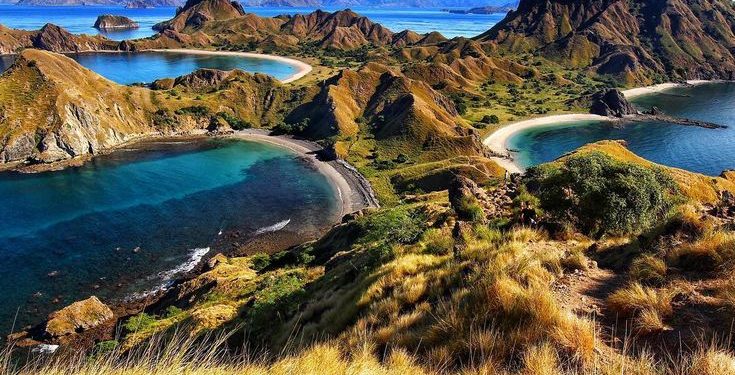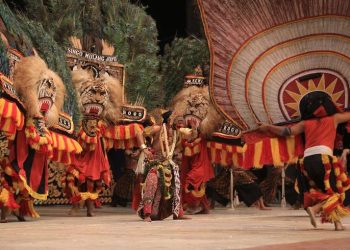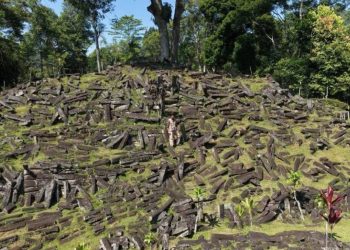Jakarta, Indonesia Sentinel — Indonesia with a vast archipelago of over 17,000 islands, is renowned for its extraordinary natural beauty and rich biodiversity. Some of Indonesia most treasured natural landscapes have earned recognition as UNESCO World Heritage Sites, underscoring their global significance and the urgent need for preservation.
Indonesia is an archipelago boasts with extraordinary cultural richness and natural beauty. According to RRI, here is a summary of Indonesia’s natural heritage recognized by UNESCO.
Komodo National Park
Designated a UNESCO World Heritage Site in 1991, Komodo National Park spans the islands of Komodo, Rinca, Padar, and several smaller surrounding islands. It is home to approximately 5,700 Komodo dragons, the world’s largest carnivorous lizards, known for their imposing size and aggressive behavior. The park features diverse ecosystems, including grasslands, savannas, tropical seasonal forests, and elevated forests above 500 meters.
Lorentz National Park
Covering 2.35 million hectares, Lorentz National Park is Southeast Asia’s largest protected area and was declared a UNESCO World Heritage Site in 1999. It is the only protected region in the Asia-Pacific with such extensive biodiversity, including glaciers in the tropics. The park also contains fossil sites that provide evidence of Papua’s evolutionary history and is home to unparalleled endemic species and biodiversity.
Tropical Rainforest Heritage of Sumatra
Encompassing 2.5 million hectares, the Tropical Rainforest Heritage of Sumatra comprises three national parks: Gunung Leuser, Kerinci Seblat, and Bukit Barisan Selatan. Recognized by UNESCO, this site protects critically endangered species such as the Sumatran tiger, Sumatran orangutan, Sumatran elephant, and two-horned Sumatran rhinoceros. It hosts around 10,000 plant species, over 200 mammal species, and approximately 580 bird species, including 21 endemics.
Ujung Kulon National Park
Recognized as a UNESCO World Heritage Site in 1991, Ujung Kulon National Park is renowned for its vast protected forests and its role as the last refuge for the critically endangered Javan rhinoceros, with an estimated population of around 60 individuals. The park also harbors diverse plant species thriving in its untouched wilderness.
Scientists Develop Cyborg Cockroaches for Disaster Search and Rescue
These Indonesia Natural Heritage sites stand as global symbols of nation’s natural wealth and biodiversity. Its emphasizing the shared responsibility of preserving them for future generations while highlighting the nation’s pivotal role in global environmental conservation efforts.
(Raidi/Agung)

























